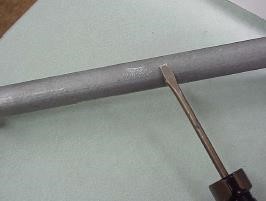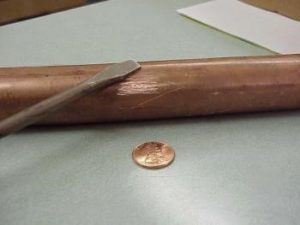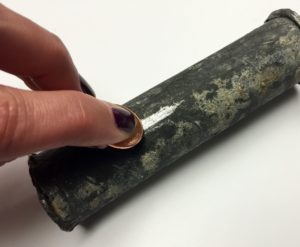Identifying Your Water Service Line
What is a water service line?
A water service is the small waterline that goes from the watermain into your building. The City is responsible for the water service from the main to the curb stop. The property owner is responsible for the line from the curb stop to the building. A curb stop is the water valve generally located near the property line.
Why identify my service line?
The City of Viroqua is in the process of identifying lead water service lines or services lines with lead goosenecks in the City. The City expects very few, if any, full lead service lines are present. The City is aware of galvanize lines with lead goosenecks in the system.
Once water service material types are identified the City is better able to plan for projects to remove lead service or galvanized lines with lead goosenecks.
Locating your water service line:
A service line is typically found in the basement. An “inlet valve” and the water meter are installed on the pipe after the point of entry. Identify a test area on the pipe between the point where it comes into the building and the inlet valve. If the pipe is covered or wrapped, expose a small area of metal.
Types of service lines:
Galvanized Steel Piping
If the scraped area remains a dull gray, and a magnet sticks to the surface, your service line is galvanized steel.
Copper Piping
After scratching the surface, a copper pipe will be copper in color, like a penny. A magnet will not stick to a copper pipe.
Lead Piping
To determine if your piping is lead, the scraped area on the pipe will be shiny and silver. A magnet will not stick to a lead pipe.
What is a gooseneck?
A gooseneck is a portion of a water service, next to the watermain, that is curved. This prevents damage to the water service.
What is a lead gooseneck?
When the water industry standard moved away from lead services, galvanized steel and copper piping became the norm. Galvanized steel is rigid. In some cases, a lead gooseneck (approx. 2 ft of pipe) was used to connect the watermain to customers’ service lines. These lead pipes could be easily bent and allowed for a flexible connection between the rigid pipes.


